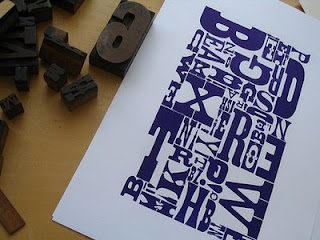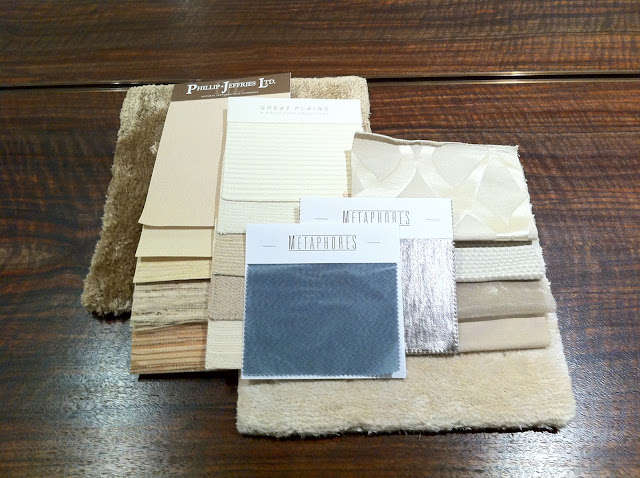I am naturally drawn to the arts and have always enjoyed visiting famous art museums throughout the world. San Francisco is a hub for having some of the finest art museums in the world like the De Young, the Legion of Honor, and the Asian Art Museum and I have visited all of these museums due my interest and curiosity in art. I recently visted the San Francisco Museum of Modern Art because I have never visited this art museum and I am aware of the museum’s reputation of housing an impressive collection. At the museum I made a point to visit all the exhibits and permanent collections. One exhibit that was fascinating was the works by Dieter Rams who was the lead designer for the German appliance company Braun. As an aspiring designer this exhibit was very interesting because it showcased how a strong design aesthetic leads to great design. One design concept Rams is famous for is the “less but better” design, which is showcased throughout his career working as an industrial designer. His works ranged from household appliances to contemporary furniture design. Rams is also famous for developing the ‘Ten Principles of Good Design,’ which have influenced other companies such as Apple computers. The ten design principles are:
1. Good design is Innovative
2. Good design makes a product useful
3. Good design is aesthetic
4. Good design makes a product understandable
5. Good design is unobtrusive
6. Good design is honest
7. Good design is long-lasting
8. Good design is through, down to the last detail
9. Good design is environmentally-friendly
10. Good design is little design as possible
I enjoyed all the exhibits at the MOMA especially the permanent collection, which included some of my favorite artists like Alexander Calder, Georges Braque, Georgia O’Keeffe, Frida Kahlo, and Jackson Pollock.
Other than the actual art in the museum as the focal interest the interior architecture of the MOMA is significant because the interior design is used as a means to enhance the experience of visiting the museum and appreciating art. For Instance, when entering the museum into the lobby the interior is designed in a manner to have your eyes looking and absorbing your surroundings. First, your eyes are immediately drawn upwards to the top floors absorbing the large vastness of light and sounds. The intention of this design element is to immediately make the visitor feel something spectacular and put the visitor in a frame of mind that their experience at the MOMA will be a unique and inspiring. The material choices have been carefully selected and designed in a way to make your eyes be drawn the staircase. The alternating stripes of granite rock in black and tinted grey create the illusion of movement and serves as a visual cue to proceed to the staircase and begin the tour.
The MOMA’s interior design is successful at creating the effect that as you progress throughout the museum to the exhibits you feel actively involved in an artist endeavor. It is as though moving throughout the museum is an art form. For instance, the staircase is designed in such a manner that through each floor’s progression your eyes are drawn in a perspective towards the art that greets you at each landing point. Therefore, the staircase is designed to appear as though it’s framing each floor perhaps sending a message that you are walking into an artistic realm. This progression occurs multiple times on each floor when ascending the staircase. Another example of the interior design causing the visitor to be reminded that they are participants in artistic endeavors is how the interiors make use of light and sound. If you climb the staircase to the very top of the museum the visitor is asked to cross a bridge and absorb the sounds happening throughout the museum. Once on the bridge there is a flood of light upon the visitor as a result of the massive skylights above creating a sense of airiness allowing one to become meditative and captivated by the sounds of the museum. The intention of this design is remind the visitor that this is not a stagnant place, but place where there is dialogue occurring and an exchange of ideas.
Another interesting interior design feature of the museum is how the interiors address scale and visitor perceptions. For instance, at each level of the museum there are vertical windows about 1’ in width and 12’ length with small horizontal bars spaced about every 6’’ allowing the visitor to peek at the activity happening below in the lobby. This design feature again is to cause the visitor to become involved with the museum’s surroundings harping on how the visitor should be actively engaged in his experience at the museum. When I looked down below through the window I witnessed people moving haphazardly, chatting with each other, and enjoying the sounds of a band playing. It was as though the lobby became an art installation because I was viewing an active and evolving environment like it was a comment on human nature. Finally, the interior architecture of the museum also pays homage to the city of San Francisco. When one looked outside through the MOMA’s windows onto the city the view was not a regular city scape; instead, the MOMA made the view from the windows become art installations. For example, I was looking out a window onto the top of a boring building with heating vents and latters jutting out when I was intrigued to find there was a statue of ‘Where’s Waldo.” The windows in the museum were strategically placed so when looking outside there was also an attention-grabbing view whether it was an outdoor patio, strategically framed view of skyscrapers, or a sculpture piece.
The MOMA’s interiors are methodically planned to enhance the visitor’s experience by creating an environment where the visitor appreciates art on a deeper and personal level. This unique experienced is achieved by having the visitor actively participate in their surroundings by crafting the interiors as a form of art in itself. Light, sound, scale and movement are just some of the elements incorporated into the interiors to cause the visitor to have an active role when viewing and appreciating art. The interior architecture of the MOMA should inspire the visitor to appreciate art on a different level by causing the visitor to constantly feel different sensations when moving throughout museum’s space. The numerous interior design elements like the impressive large scale lobby or the dynamic staircase with different views at each level is to leave each visitor feeling a greater sensation about their experience and take away a new perspective about art. The interior architecture of the MOMA also dispels preconceived notions about art like when one goes to museum they are just looking at pictures with interesting colors and shapes. At the MOMA the visitor is taught that art should be an exchange of ideas and having dialogues about what one has seen, and it is the interior architecture that instigates this dialogue, by creating new sensations that asks the visitor to comprehend what they are seeing, hearing, and feeling as they travel throughout the museum.

The Lobby
2nd Level
Frida kahlo Artwork
Interior Architecture: Windows framing outside views
Modern Art Installation Piece
Modern Art Installation Pieces + Views outside
Where's Waldo?
Hallways creating perspectives/interest
Alexander Calder Piece
















